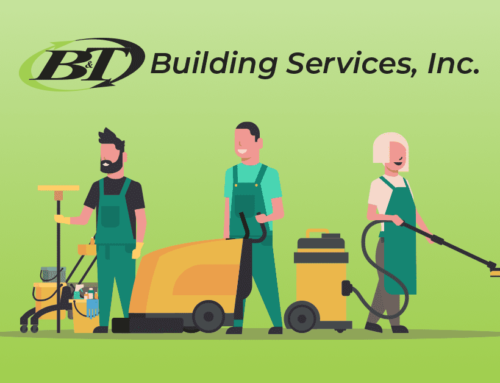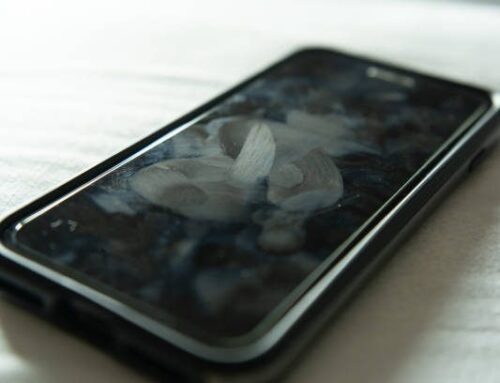There’s actually more than one golden rule to cleaning, but don’t worry I’ve kept this list short and sweet. One thing I think you should keep in mind while reading this is to take these thoughts home with you and think about how they can be applied in other cleaning scenarios and for your office or bathroom.
-
Clean it up sooner than later
Spills and stains are generally much easier to clean up when you attack them right away. Think about when you leave your dirty dishes in the sink for later (we’ve all been there). If you wait until the next day, you’ll be spending a lot more time scrubbing and you will end up using a lot more cleaning solution to get your dishes clean. Similarly, clothing or carpet stains are easiest to remove when they’re fresh. The longer you wait, the more chance the stain has to set.
The rare exception to this rule is mud. Mud is easiest to clean when you’ve let it dry first. Wait until it’s bone dry and crumbly.
-
Clean from the top down
Don’t fight gravity, working from high to low almost always works better in cleaning situations.
When you’re cleaning the entire house, start on the top floor and work your way down to avoid tracking through rooms you have already cleaned.
When you’re cleaning a room, first remove the cobwebs from the ceiling and upper molding. Then dust the ceiling fan and light fixtures, followed by window frames and wall hangings. Moving downward, conquer the furniture, baseboards, and floors. This ensures that any dust shaken loose from on high does not settle on something you’ve already cleaned below.
Similarly, when you clean windows and mirrors, start-up high and work your way down, because your cleaner obeys gravity. This saves you elbow grease and time.
You will see in this video how the window is being cleaned from the top down:
-
Think dry, then wet
When you’re cleaning a room, start with the cleaning jobs that require dry methods (dusting, sweeping, and vacuuming, for instance). Then move on to wet methods (using an all-purpose cleaner and glass cleaner, mopping, etc). This way, there will be less dirt floating around in the room to cling to wet surfaces.
-
Start with the least harmful approach
Use your gentlest cleaning methods first and move up to more aggressive techniques only if necessary. And know your materials well enough so that you will stop your cleaning efforts before you do damage. Better to suffer along with a small spot on your stovetop, for instance, than to ruin the surface with steel wool.
-
Let time do the work for you
A little time management trick will make your cleaning easier and faster. When you plot out your approach to a cleaning task, remember to spray on your cleaning chemicals first and then find another little job to do while the cleaner does its dirty work. If you’re cleaning in the kitchen, for instance, spray your cleaner on the counter and appliances, then occupy yourself with removing old food from the refrigerator while the cleaner soaks in. When you come back to wipe clean, there will be little or no scrubbing to do.
-
When in doubt, test
Before you use a new cleaning technique or product, test the method on an inconspicuous area of the object you’re cleaning. This rule also applies when you first clean an object that is delicate and might be damaged by a cleaning compound. Testing will show you whether the cleaning method is likely to do damage.
-
Don’t spray solution directly on a surface
Spray the cleaner you are using on your cleaning cloth and then wipe. Don’t spray cleaner directly on the object you’re cleaning. Cleaner dripping into your electronics could do damage, and cleaner dripping into a frame and soaking the matting could harm your artwork.
Hopefully, after looking through this list you are able to take at least one thing from our short list of golden rules to follow when approaching a cleaning situation. Can you think of any other places where some of these rules might apply? We’d like to hear about it!
This article is based on information provided by Readers Digest






